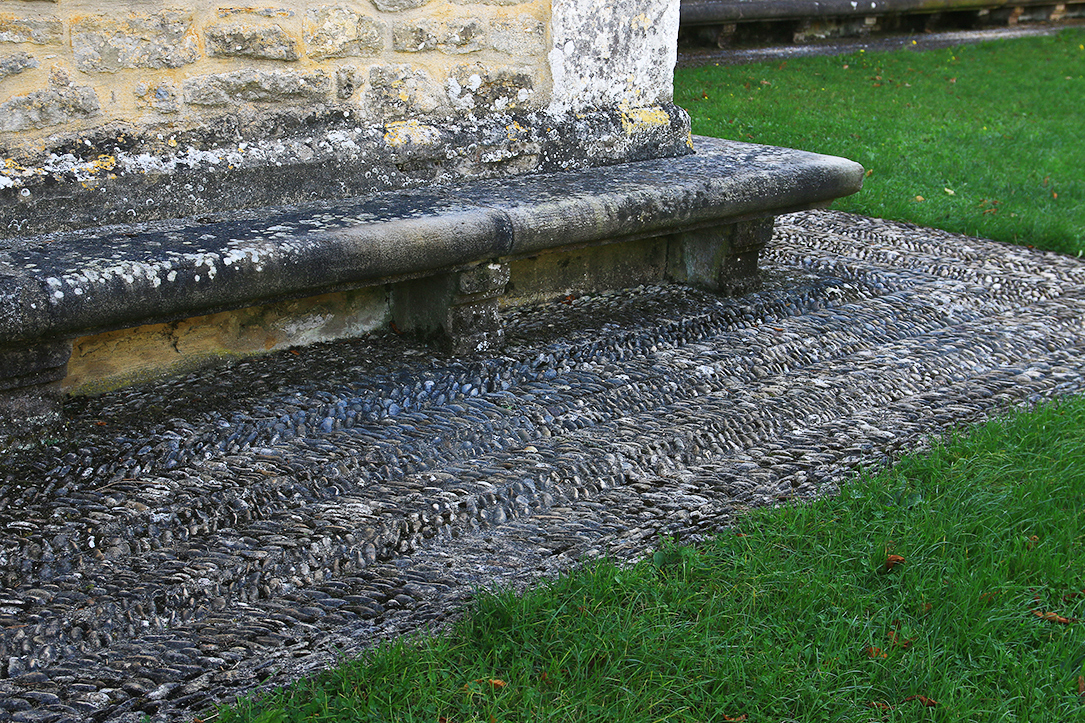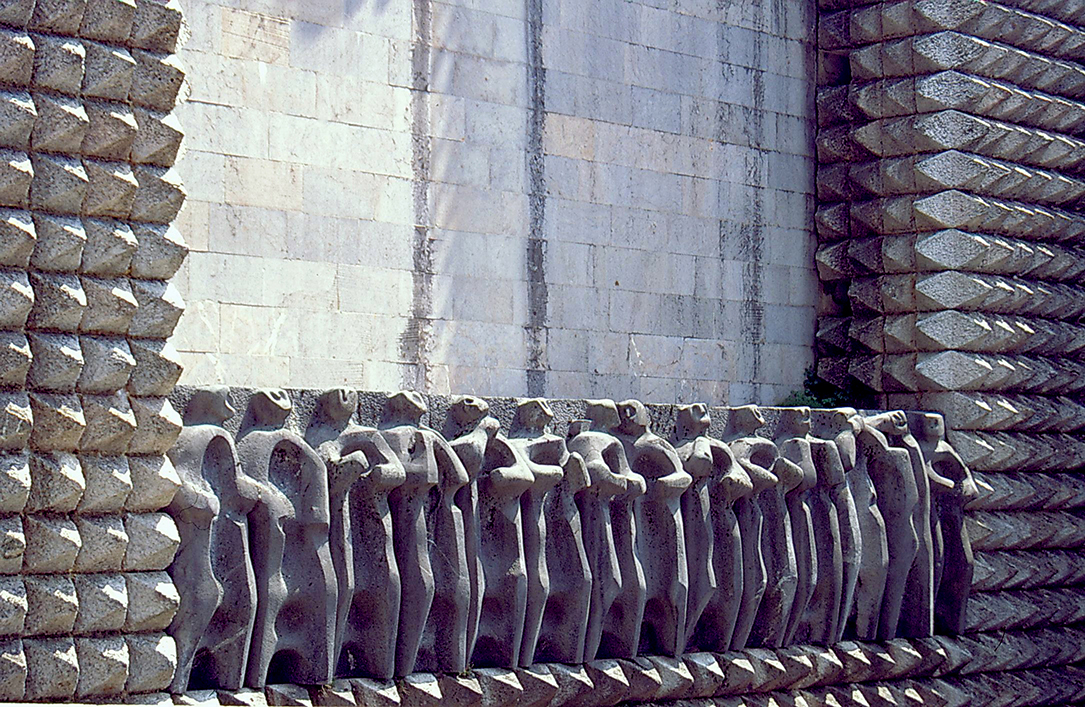Basque ethnography at a glance

Estibalitz (Álava). José Ignacio García Muñoz. Labayru Fundazioa Photographic Archive.
Health comes first. Disease prevents us from living a full life. According to Christian faith, God is the source of life, and as a consequence, it is ultimately him who preserves us and delivers us from sickness. Based upon that conviction, the sick and the disabled observed religious practices, attended worship, made promises and went on pilgrimage to certain hermitages and sanctuaries as prevention and cure for sickness.
Pilgrims asked the saints for the grace and help needed, oil, wheat, candles and domestic animals —mostly money today— being offered in return. The motivation seems somewhat utilitarian: the devotee gives an offering to the saint and the saint receives it in exchange for protection from harm.
For the performance of rites requesting recovery from illness it is common to use elements and items from the actual hermitage or sanctuary, usually holy water, oil for votive lamps, bell-ringing, clothing or attributes worn by images of the saints, water from sources and springs close to the temples…

Arantzazu (Gipuzkoa). Antxon Aguirre.
Sometimes the healing procedure is intended to draw the bodily ailment or infirmity out of the offerer and transfer it to a specific object ritually, symbolically or psychologically, be it a piece of clothing, be it water, be it alms.
Vows or promises made to the saints were quite common up to the mid-20th century. A vow is a voluntary, solemn promise committing oneself to a pious act of sacrifice. The self-sacrificer might be driven by deep devotion, but the ultimate intention of the sacrifice is to establish a beneficial relationship with the sacred order.
Whoever makes a promise assumes the obligation to undertake a pilgrimage —often on foot, barefoot or on their knees— to a sanctuary or hermitage devoted to the Virgin or saint invoked with prayers. Pilgrimages to the sanctuary dedicated to Saint Anthony the Abbot and Saint Anthony of Padua in Urkiola have been popular in Bizkaia, Gipuzkoa and Álava. Pilgrims would travel for several days and shelter for the nights in farmers’ haylofts along the way. Organized pilgrimages by bus or private car take place annually nowadays on fixed days.

Urkiola (Bizkaia). José Ignacio García Muñoz. Labayru Fundazioa Photographic Archive.
In fulfilment of the promise, devotees are likewise expected to make an offering of candles, oil refills for votive lamps, flowers for the image, alms, or request for masses, for which they are required to pay.
When the sick person was restored to health, an offering, called ex-voto, was generally given in thankfulness. They would typically hang on the walls and from the ceiling of the hermitage. Until the 1970s there actually used to be a separate room for ex-votos offerings, such as crutches, orthopaedic appliances, prostheses…, to be exhibited in numerous hermitages and sanctuaries.
Sick and disable pilgrims visited local hermitages and some well-known sanctuaries: St Anthony of Urkiola, St Felicissimus’s in Deusto, the Basilica of Begoña, and St John of Gaztelugatxe in Bizkaia; Our Virgin of Puy, the Sanctuary of Xavier, and Our Lady of Ujué in Navarre; the Sanctuary of Estibalitz and Our Lady of Oro in Álava; and Our Lady of Arantzazu in Gipuzkoa.
Akaitze Kamiruaga – Popular Cultural Heritage Department – Labayru Fundazioa
Translated by Jaione Bilbao – Ethnography Department – Labayru Fundazioa
References for further information: Popular Medicine, part of the Ethnographic Atlas of the Basque Country collection, and also Origen y significación de las ermitas de Bizkaia [Origin and significance of hermitages in Bizkaia] by Gurutzi Arregi.


[…] In a previous post we revisited sacred places popular with pilgrims as prevention and cure for sickness. On this occasion we focus on pilgrimage destinations for infertile women and children with disorders. These are old-time practices that have gradually been abandoned over the years. […]
Thanks for finally talking about pilgrimages to hermitages and sanctuaries in the event of sickness – Basque ethnography at
a glance; loved it!